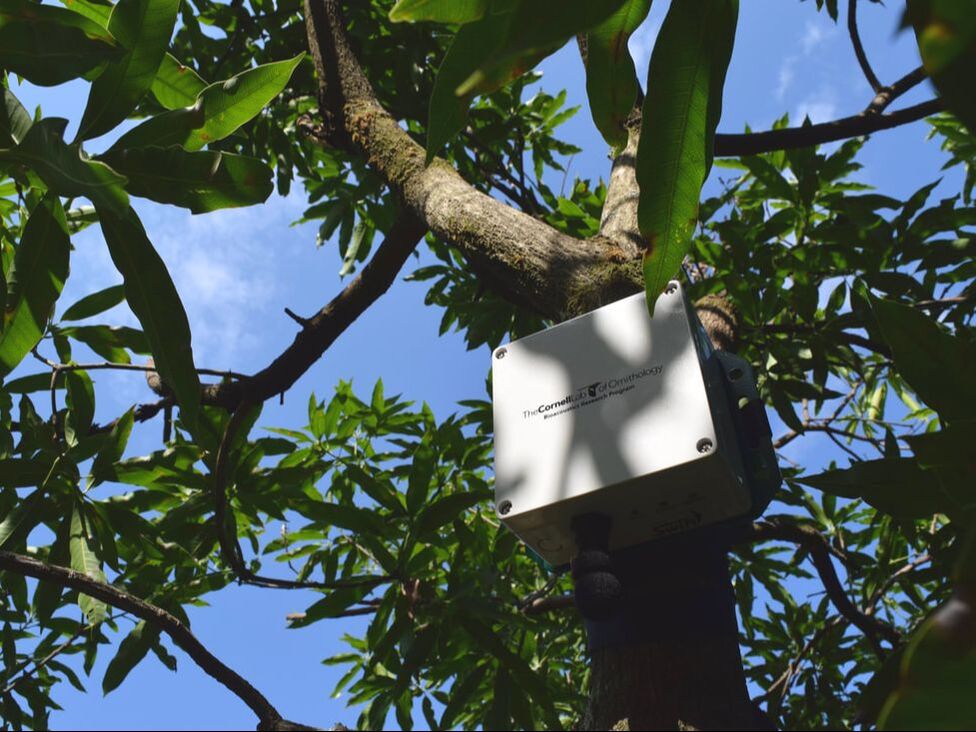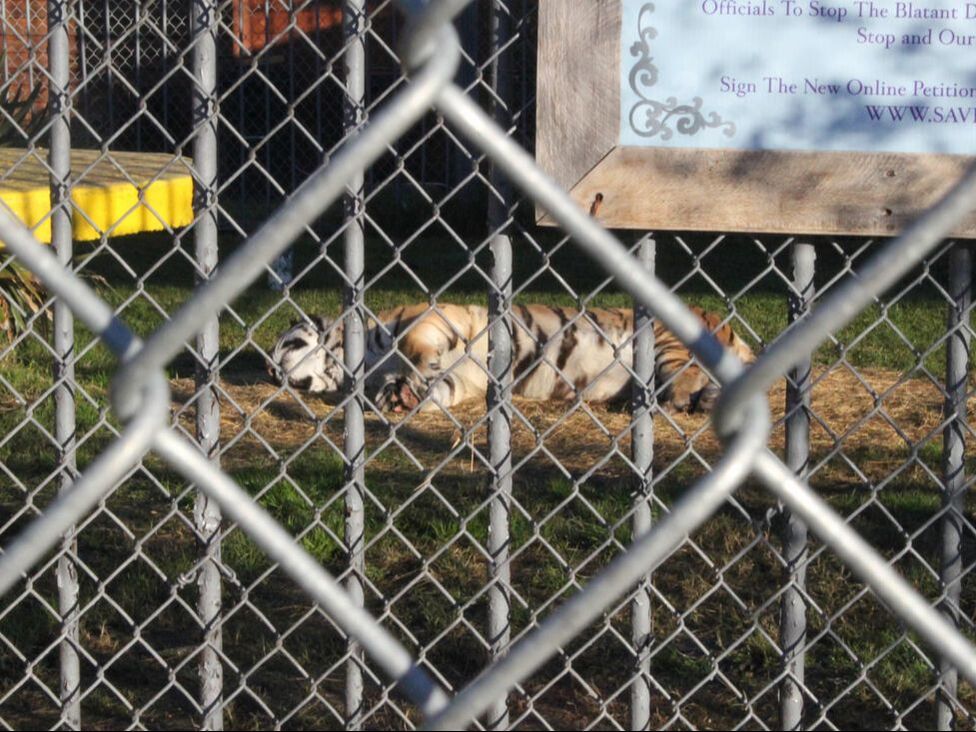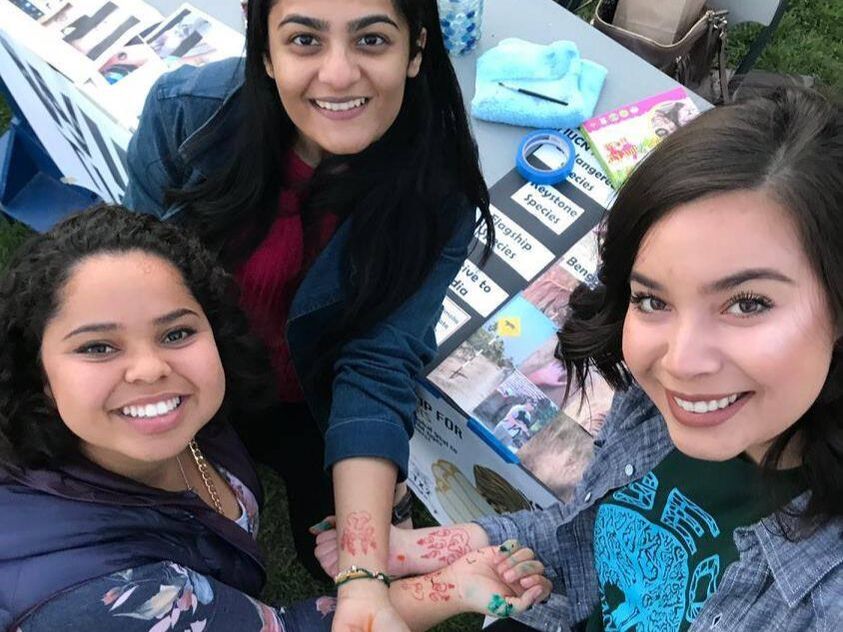Creating a future where coexistence between people and wild tigers is possible
Action-oriented research and community engagement in India and the United States
Latest news:
New research, lead by Wild Tiger's Sarika Khanwilkar, reveals that the United States has played a substantial role in the illegal trade of tiger parts. Sign up to take action.
Read all our updates by clicking here.
Read all our updates by clicking here.





